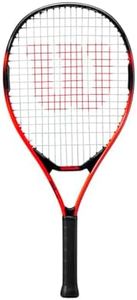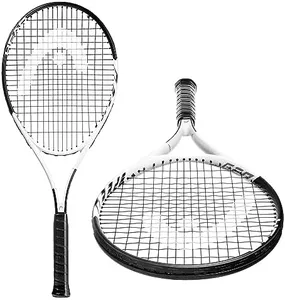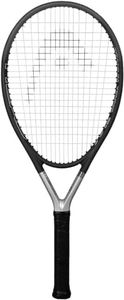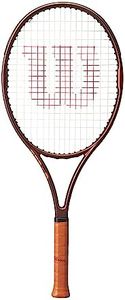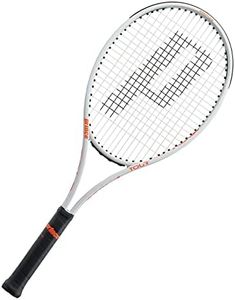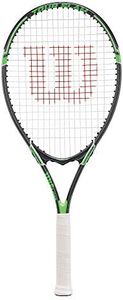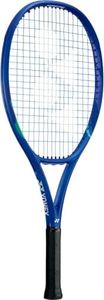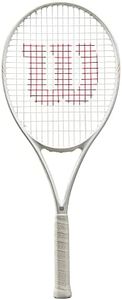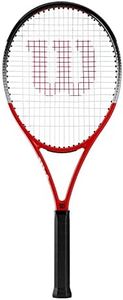We Use CookiesWe use cookies to enhance the security, performance,
functionality and for analytical and promotional activities. By continuing to browse this site you
are agreeing to our privacy policy
10 Best Tennis Rackets
From leading brands and best sellers available on the web.By clicking on a link to a third party's website, log data is shared with that third party.
Buying Guide for the Best Tennis Rackets
Choosing the right tennis racket can make a big difference in your enjoyment and performance on the court. As you shop, focus on how rackets differ in terms of weight, head size, balance, length, string pattern, and grip size. Each feature affects how the racket plays and feels in your hand. The right choice for you comes down to your play style, skill level, and physical comfort. Understanding these specs will help you find a racket that enhances your strengths and feels good every time you swing.WeightWeight refers to how heavy the racket is when it's unstrung and ready to use. Heavier rackets typically provide more power and stability, making them better for stronger or advanced players, but they may be harder to swing quickly. Lighter rackets are easier to maneuver and are good for beginners or those who play a fast, reactive style. If you like hitting strong, steady shots and have the strength, aim for a heavier racket. If you prefer more control or are just starting out, a lighter one will be easier to handle.
Head SizeHead size means the area of the racket's stringed portion. A larger head size gives you a bigger 'sweet spot,' which makes it easier to hit the ball well and adds more power to your shots. Smaller head sizes offer better control for players who can consistently hit the center. For beginners or players who struggle with accuracy, a bigger head size is more forgiving. If you're advanced and want precise control, a smaller head size may be the right choice.
BalanceBalance indicates how the weight is distributed along the racket, either towards the head, the handle, or evenly. Head-heavy rackets give extra power and are good for baseline players who like powerful groundstrokes, while head-light rackets offer more control and are easier to maneuver, which suits net players or those who like quick reactions. Evenly balanced rackets provide a mix of both. Think about your playing style: if you like hitting with force from the back, try head-heavy; if you like quick volleys at the net, head-light may work better.
LengthLength is how long the racket is from top to bottom. Standard rackets usually work well for most players, but extra length can give you more reach and a bit of extra power, especially on serves. However, longer rackets can be harder to maneuver, especially for smaller or younger players. If you often stretch for shots and want a little extra power, consider a longer racket. If you prioritize control and ease of handling, stick with the standard length.
String PatternString pattern describes how tightly or openly the strings are arranged. An open pattern (fewer strings crossing) offers more power and spin, but strings may wear out faster. A dense pattern gives more control and durability, which is good for players who hit hard and want consistent shots. If you rely on spin or want more power, look for an open string pattern. If you want more control and don't want to restring as often, choose a denser pattern.
Grip SizeGrip size is the thickness of the handle and is crucial for comfort and control. A grip that's too small can lead to twisting and discomfort, while one that's too large can limit your wrist movement and make the racket tough to handle. Try holding a racket to see if your fingers wrap around comfortably without overlapping your palm. Aim for a snug fit that feels secure, as this will help you avoid injuries and keep a steady hold during play.


